Background
About 12 years ago, when I was first getting interested in shooting, I read an article about training with
Clint Smith at
Thunder Ranch in Texas. As my involvement in firearms training and competition deepened, I met many people that spoke highly of the training they had received there, as well as the positive, friendly attitudes exhibited by Clint and his staff. In 2004 Thunder Ranch moved to Lakeview, Oregon, making a trip that would have previously been a cross-country flight for me into a long day’s drive. This year all of the pieces finally fell into place and I was able to attend their
Urban Rifle course.
Location
Lakeview is a town of approximately 2,500 people located in central Oregon, just north of the California/Nevada border. There are several hotels in town; all students in my class stayed at the
Fremont Inn, Thunder Ranch’s recommended location. The inn provided complimentary breakfast each day, as well as an excellent bagged lunch on class days for a reasonable fee. Thunder Ranch is a 10 minute drive from the center of town.
 Instructors
Instructors
Clint Smith instructed the majority of the lecture and shooting portions of the course. Additional instruction, coaching, and safety officer duties were performed by his assistants Scott and Randy, and his wife Heidi.
Class Members
Student backgrounds were varied:
- 4 active law enforcement
- 2 active armed forces
- 2 computer software industry (myself included)
- 1 firearm industry
- 1 medical industry
All had received firearms training prior to attending the course. Approximately half had previous training at Thunder Ranch.
Range Facilities
Thunder Ranch has been purpose-built for their shooting courses. The main range consists of a rectangle approximately 50 yards wide x 100 yards long, with paper and steel targets on the north and east sides. Additional steel targets are placed up the hillside at ranges out to 200 yards (not by coincidence, about 500 yards from the Smiths’ front porch).

Thunderville, a long structure with a variety of shooting ports and obstacles, runs along the west side of the range. Terminator 3, the shoot house, stands at the south end of the range. Lead-free, frangible ammo is required for all courses on the main range (the Smiths’ own the property and do not want to be burdened by lead cleanup regulations in the future).
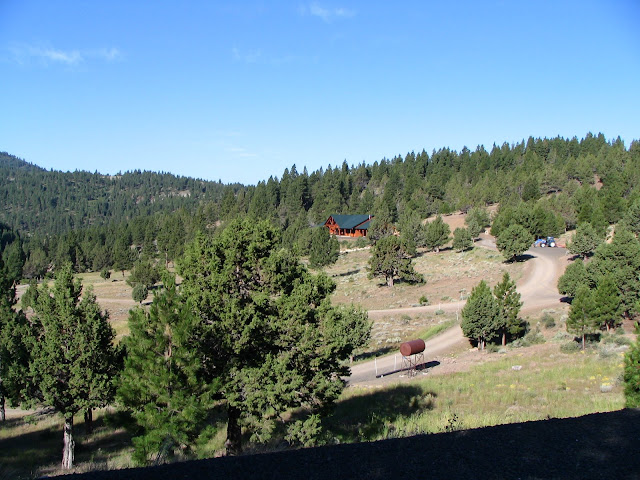

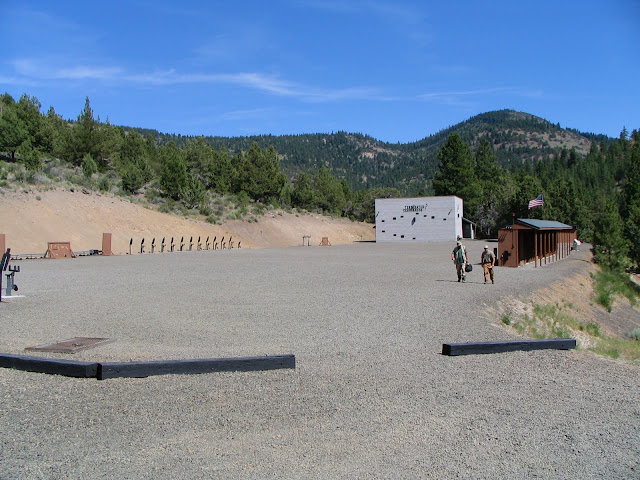
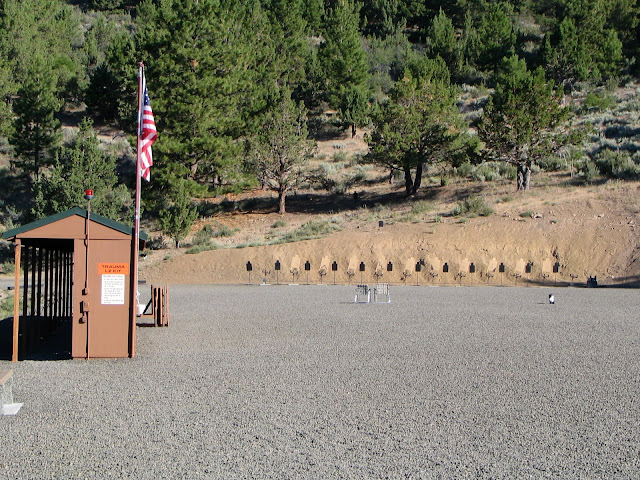
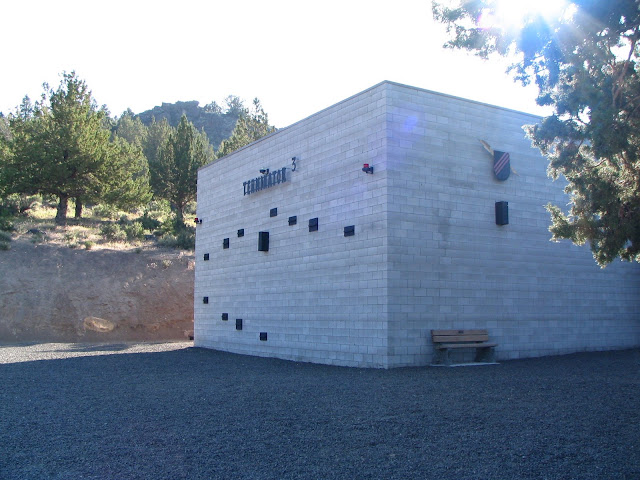
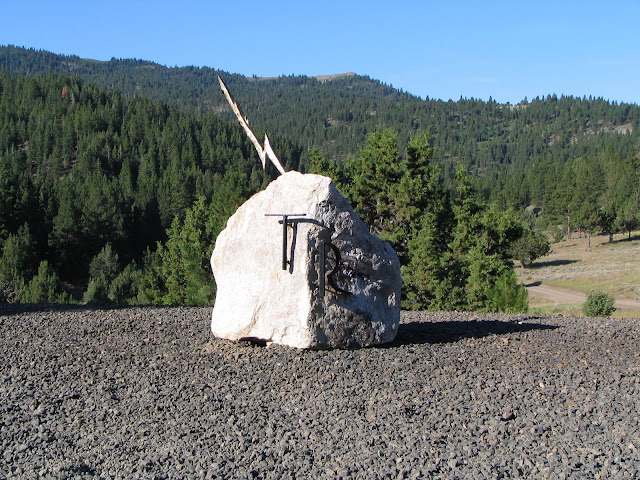 Course Purpose & Emphasis
Course Purpose & Emphasis
“You are not going to change the fight unless you hit the target.” – Clint Smith
- Marksmanship using the trigger and sights.
- Techniques for manipulation, mechanics and applying them to shooting.
- Establish mental conditioning and a mindset to fight to defend yourself and others.
Marksmanship was heavily emphasized in this course. Many exercises were designed to teach the importance of understanding your zero and the change in point of impact from 10-100 yards. This was not a course to burn through ammo shooting 4-6 round Non-Standard Responses at 15 yards. One student unfortunately chose to perform a mag dump on one of the steel targets towards the end of the course, and was emphatically verbally corrected.
Safety
A significant portion of the morning on Day 1 was spent on the 4 Universal Firearms Safety Rules, and they were reviewed each time we stepped onto the range thereafter. First aid supplies and a land-line connection to 911 were also called out at the start of each session. The shooting line often had 4 instructors for 10 students, and the student body was made up of experienced participants. The range was run hot during all shooting sessions; firearms were cleared before lunch and at the end of the day. Range commands and the steps necessary to complete exercises were clearly explained and usually repeated multiple times. Level 2 body armor was provided for all activities within the shoot house. You will not find any cameramen down range at Thunder Ranch.
Training: Day 1
Lecture: Purpose of course, Firearms Safety Rules, Range Etiquette, Problems Likely to Encounter, Deciding Factors in Confrontations, Urban Rifle Theory, Principles of Marksmanship, Firearm Manipulation, Other Considerations
Practical Exercises:
Prone:
25 yards, 3-shot groups on paper
50 yards, 3-shot groups on paper
75 yards, 3-shot groups on paper
100 yards, 5-shot groups on paper and steel
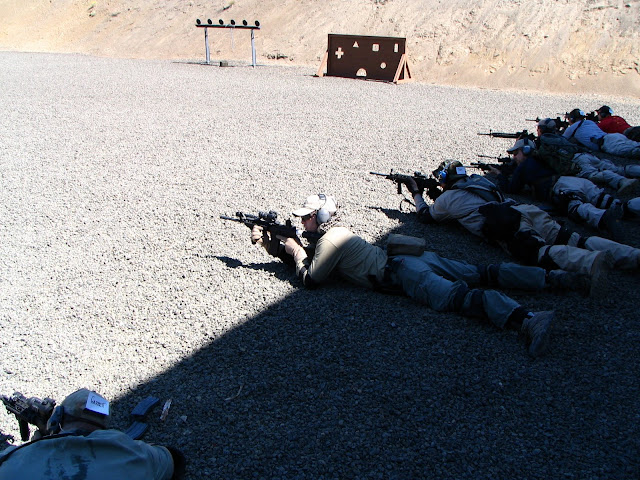 Offhand:
Offhand:
25 yards, 2-shot groups on paper

Round count (approx.): 80
Training: Day 2
Practical Exercises:
Braced Kneeling:
25 yards, 3-shot groups on paper
50 yards, 3-shot groups on paper
75 yards, 3-shot groups on paper
100 yards, 5-shot groups on paper and steel
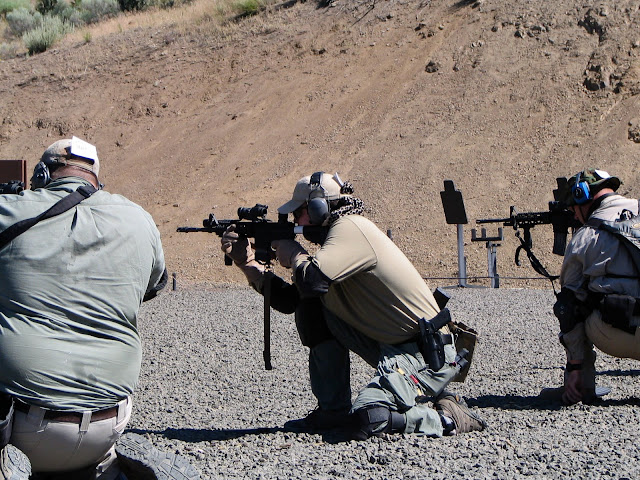 Shooter’s Option (position that will allow you to get a sure center hit in the least amount of time):
Shooter’s Option (position that will allow you to get a sure center hit in the least amount of time):
50-10 yards in 10 yard intervals, 2 body/2 head on paper
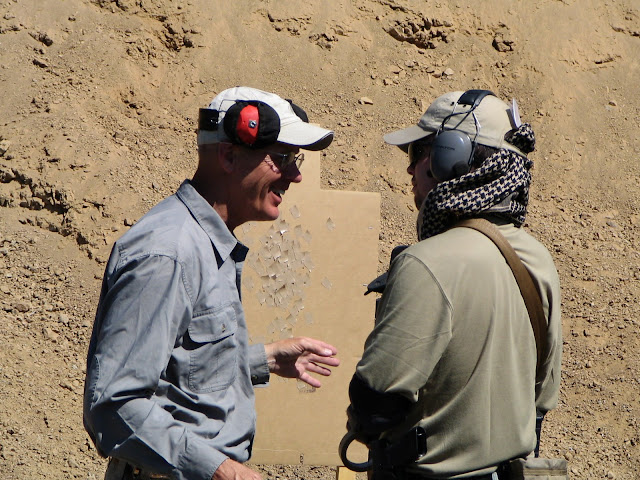 Offhand:
Offhand:
15 yards, 1 hit head zone halves
15 yards, 1 hit head zone quarters
(Knowing your sight offset up close
really helps!)
25 yards, 2 body/2 head on paper, 2 hits on uphill steel (approx. 40 yards)
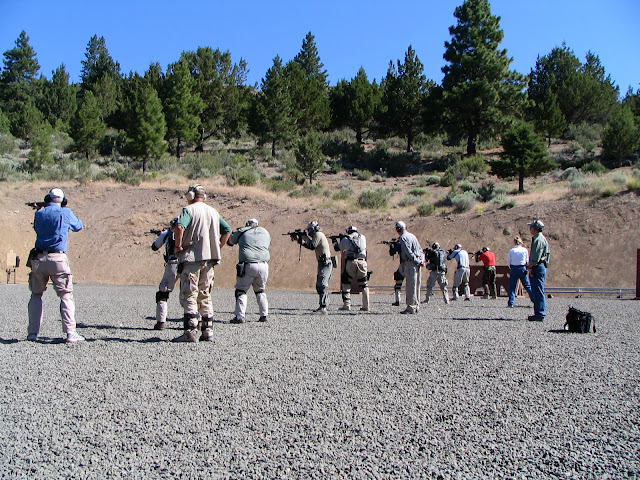
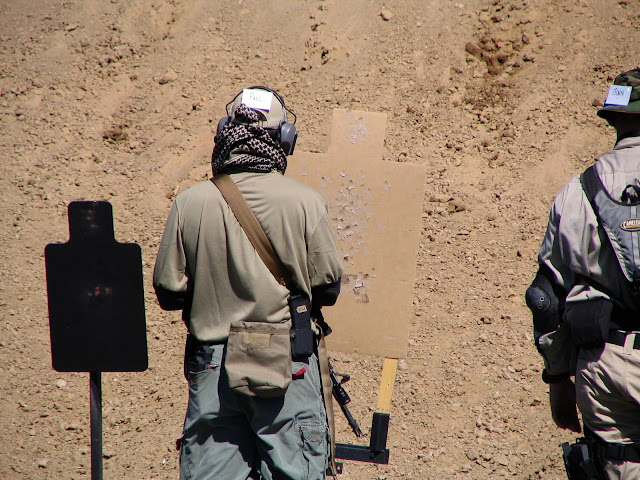 Team Barricade Shooting:
Team Barricade Shooting:
2 hits on paper from each of 4 barricade heights, plus rollover prone
Forward and lateral movement with loaded firearms around other people (the world is not a square range)
Communication with partner
Thunderville:
2 hits on steel from marked ports (approx. 60 yards)
2 hits on 200 yard steel (high-angle on hill)
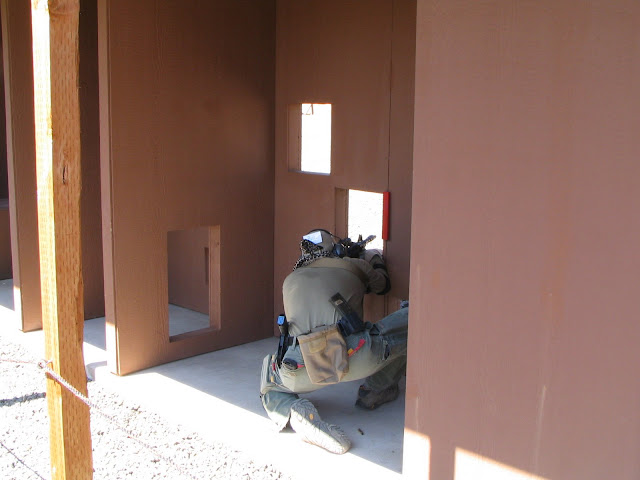
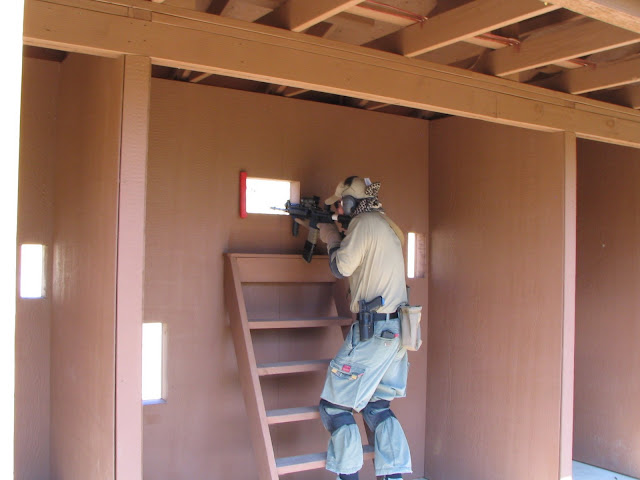
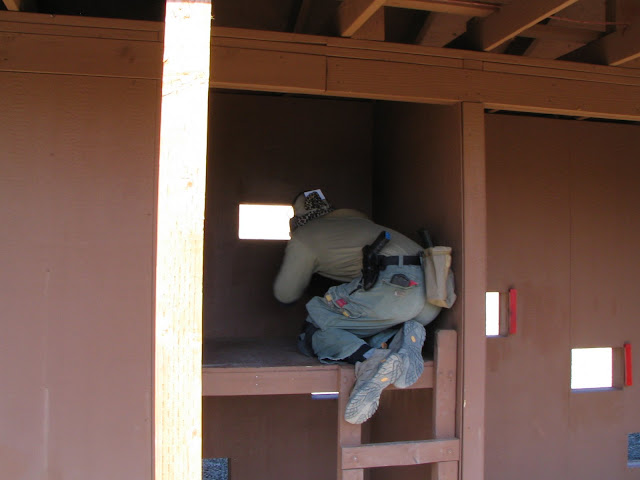
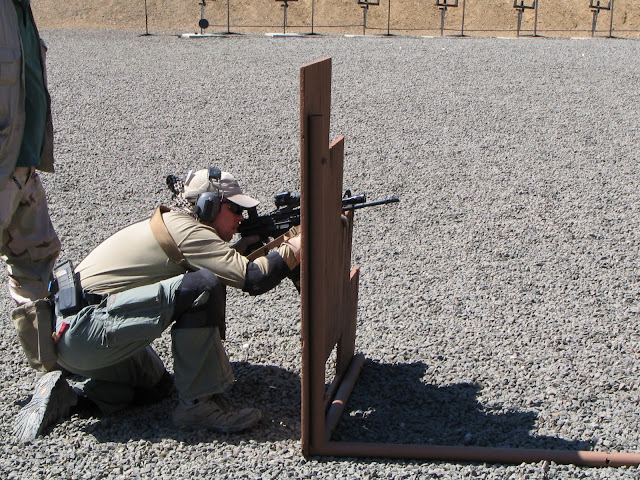 Malfunctions:
Malfunctions:
“Are you on a date with that thing?” – Clint Smith
Tap/Pull, Rack (most common problem is an empty or not fully seated magazine)
Unload/Reload (clears double-feeds and stovepipes)
Bullet Over Bolt: lock bolt back, use index & social finger to clear the action (no need for tools / “Hari Kari” clearing)
Transition to Pistol:
Recommended inside 25 yards or as situation dictates
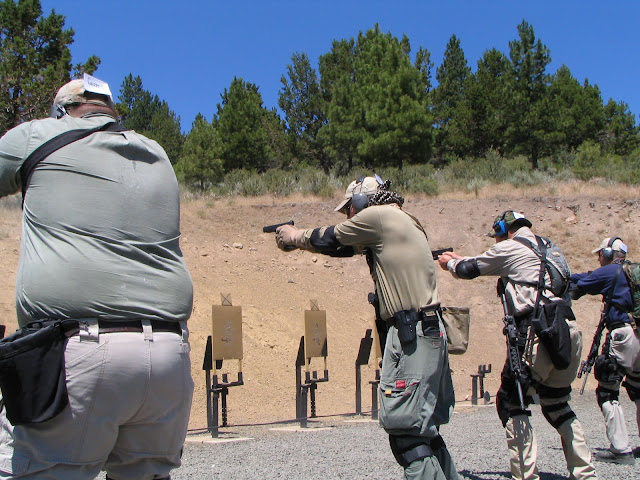
Round count (approx.): 350
Training: Day 3
Moving Targets:
“This ain’t no MIT shit – get your sights on a good part of the target and get a good trigger squeeze.” – Clint Smith
Ambush: hold on a fixed point and fire as target crosses path; preferred if target is moving in a predictable pattern – UNLIKELY
Lead: hold in front of target and keep gun moving at same speed as target; few LE or homeowner scenarios to justify shooting a target running laterally away from you
Follow: hold sights on center as well as possible; good trigger press is ESSENTIAL
 Team Barricade Shooting:
Team Barricade Shooting:
Lateral and rearward movement around obstacles
Shoot/spot team communication to call hits on targets (50-100 yards)
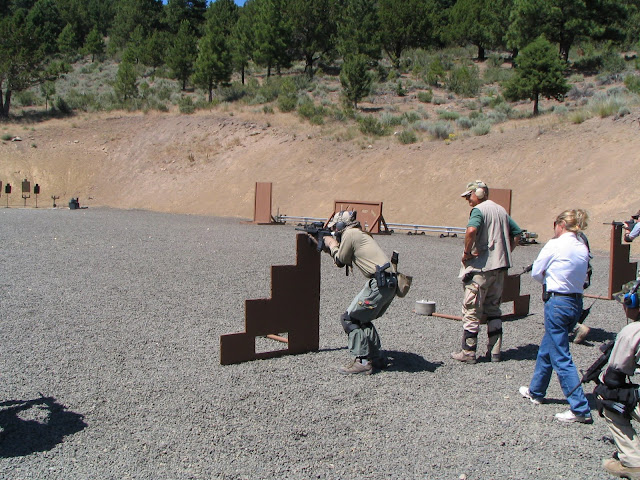
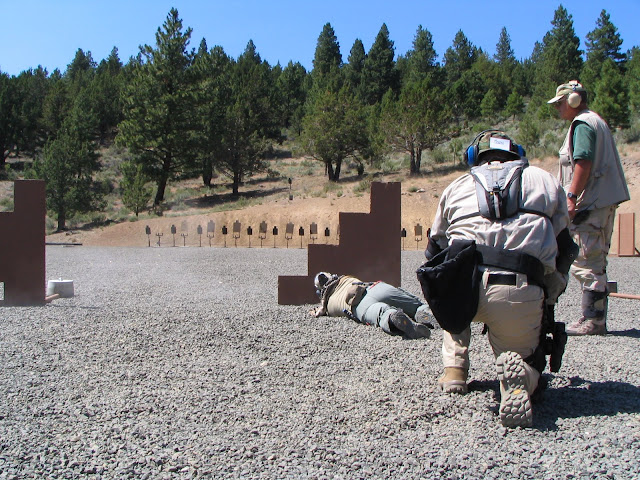 Olympic Offhand:
Olympic Offhand:
Well-braced long shot; especially useful for getting over barricades or other high obstacles
Sitting:
Low and stable; get above grass/brush/garbage vs. prone; plunging fire down hillside
~1 meter loop of webbing = hasty support for knees for an indefinite amount of time; tether self to sold objects for further support (hillsides/rooftops)
Supine:
Keep knees DOWN and away from muzzle
Roll up > Sit up > Stand up
Roll laterally into rollover prone; wide field of view from left to right
Terminator 3:
“Be a butterfly; not a fucking water buffalo.” – Clint Smith
Lecture and walk-through:
Room-clearing with a team is a really bad idea; one person
exceptionally bad, BUT:
- Maximize distance from potential threats
- Pie to get majority of room – may need to go back to other side to clear odd pieces
- Stack the gun vertically to minimize sight offset problem
- Use edge of brightest spot to pie; splash light illuminates periphery
- Find back of wall with foot; don’t drag gear on walls
- Obstacles are fine; flow into/out of areas, have a line back to clear area with cover
- Don’t light up doors when opening (gap under interior doors)
- Find the mouse in the corner
- Last piece of room – foot even with door jam
- EXPECT TO FIND SOMETHING
Practical runs in full light and darkness with Clint as coach
Colt 9mm carbine w/ light provided for use in shoot house
Final Drill - Offhand:
“He could have decided to be a Wal-Mart greeter – now it’s time to set his ass on fire.” – Clint Smith
15 yards, 1 hit, head zone, oddly-shaped quarters w/ forward, backward, and lateral movement
Wrap-Up and Certificate Ceremony
Round count (approx.): 350
Equipment
Firearms
I shot the entire course using my Rock River Arms M4-profile carbine with Aimpoint CompML2 (approx. 7 years old / 6,000 rounds fired prior to the course). Magazines were a mixture of USGI aluminum, C Products stainless steel, and Magpul PMags. My Viking Tactics padded sling was comfortable for the entire course and helped maintain a stable shooting position when used as designed.
I shot suppressed all of Day 3 using my Gemtech G5. My partner appreciated the noise reduction when I was shooting barricade drills next to him; it also helped with calling hits on steel targets. I had 3 unplanned stoppages during the course, all occurring while using PMags in combination with the suppressor.
I carried a Glock 34 as a sidearm, which was used for approximately 20 rounds on transition drills.
Most other students used an AR-15 variant with a 16” barrel and some kind of electronic sight (Aimpoint or EOTech). There was at least one 20” AR-15, and one Armalite AR-180 (recent production). Our gun dealer classmate used an
Elcan SpecterDR 1x/4x scope, which was an advantage on the 200 yard portion of the course. One student shot the entire course with an iron-sighted, scout-length M1A… bonus points for endurance. Most of the other pistols were Glocks as well.
Ammunition
The requirement for lead-free, frangible ammunition created some headaches early on. Several guns had problems with bullets breaking as they hit the feed ramp prior to chambering. Bullets fired from rifles with fast twist barrels exhibited keyholing or bullets breaking up in flight (multiple small holes sprayed across the target from a range of only 25 yards). The ultimate solution to these problems was to switch to a different gun.
There are differences in frangible bullet construction. The Federal frangible ammunition that I used has a jacket over most of the bullet surface (much like soft-point hunting bullets), vs. the compressed copper surface of other brands. I had no problems with this bullet construction combined with a 1/9 twist barrel.
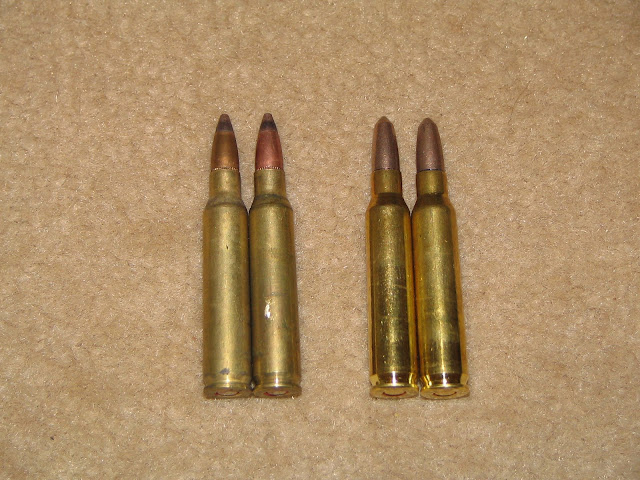
Many students had not tested their ammo prior to the first day of the course. Shipping costs and the hassles of flying with ammunition make having it shipped directly to the range seem advantageous, but this also slowed the first day down considerably. I strongly recommend ordering your ammunition well in advance and testing it thoroughly in any guns you plan to shoot at the course. If this proves to be impossible, bring at least 2 complete uppers of different configurations as insurance.
Protective Equipment / Environmental Concerns
The range deck is at approximately 5400” of elevation with little to no shade. For the three days in mid-July that I attended, the temperatures ranged from 95-98° F. A combination of long sleeve microfiber shirts, lightweight hiking pants, Nomex gloves, a baseball cap, shemagh, and SPF 50 sunscreen kept me “in the fight”.
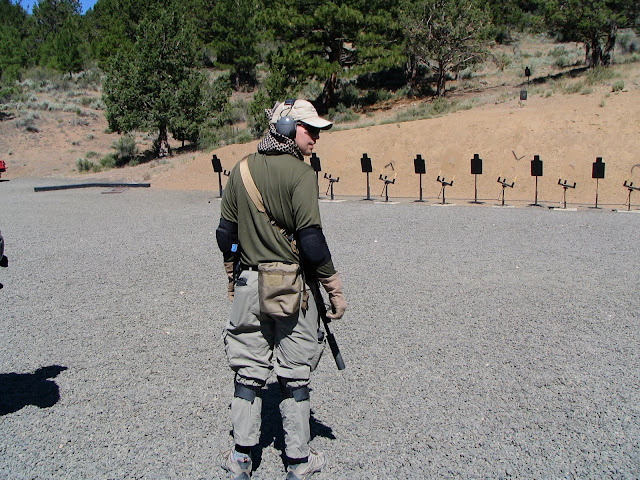
The only burn I incurred was on my face from pressing my cheek against the aluminum carbine stock tube after it had been baking in the sun for a while! A piece of moleskin over this spot on the gun worked as a quick fix, although this does eliminate the ability to collapse the stock completely.
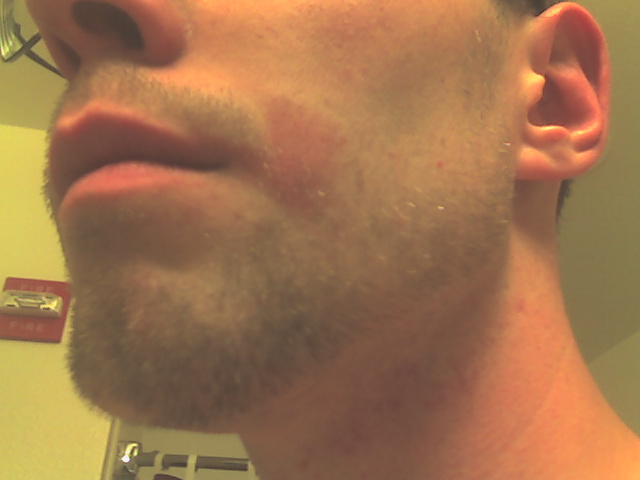
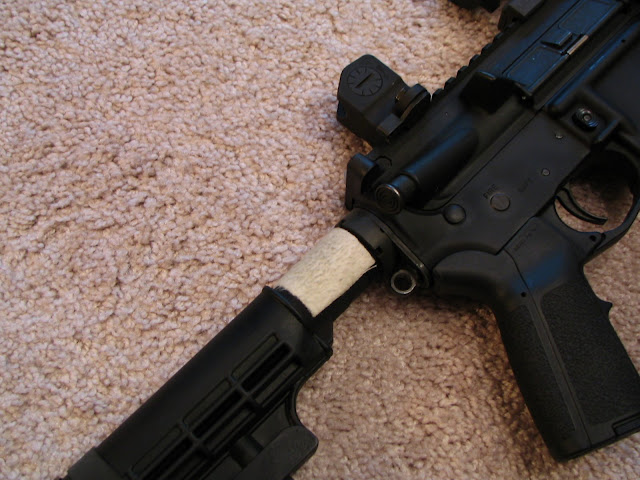
Having lived most of my life in the Seattle area, I am not particularly acclimated to high temperature environments. The combination of sun protection and consistent hydration (2-3 liters of Gatorade each day) kept my body running well and my mind sharp at the end of the day.
Knee and elbow pads are an absolute requirement on the gravel surface of the range deck. I used Blackhawk soft knee and elbow pads; by Day 2 I would have preferred hard knee and elbow pads with a more secure attachment system.
Electronic, noise-canceling hearing protection is an excellent investment for any training course, as it eases communication between you, the instructors, and your fellow students (helps with that whole “Shoot, Move, Communicate” thing).

I used a new set of ESS Ice Tactical glasses with prescription inserts. I rate them a C for comfort, but an A for protective value from ricochets off of steel and brass from other shooters. I also appreciated being able to quickly switch between dark lenses for outdoors and clear lenses for time in the shoot house.
Lessons Learned
- Hydrate!
- Test your ammunition in your guns before you go
- Don’t do any more fighting in confined spaces than is absolutely necessary to achieve your goal
- Good protective equipment is a worthwhile investment
- A decent sight picture and good trigger press makes good things happen
- A simple, lightweight rifle is entirely capable at all practical distances
Clint and Heidi Smith run an excellent facility and treat their students like family. You would be hard pressed to find nicer people anywhere.
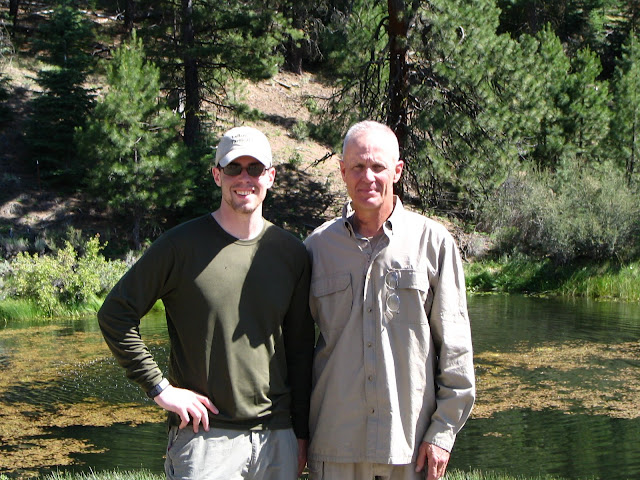 I enthusiastically recommend Thunder Ranch to anyone interested in learning the knowledge, skills and attitude necessary to use a rifle to defend themselves and those around them.
I enthusiastically recommend Thunder Ranch to anyone interested in learning the knowledge, skills and attitude necessary to use a rifle to defend themselves and those around them.
Your comments, questions and feedback on this AAR are appreciated, thanks!
 Win a FREE Membership!
Win a FREE Membership!